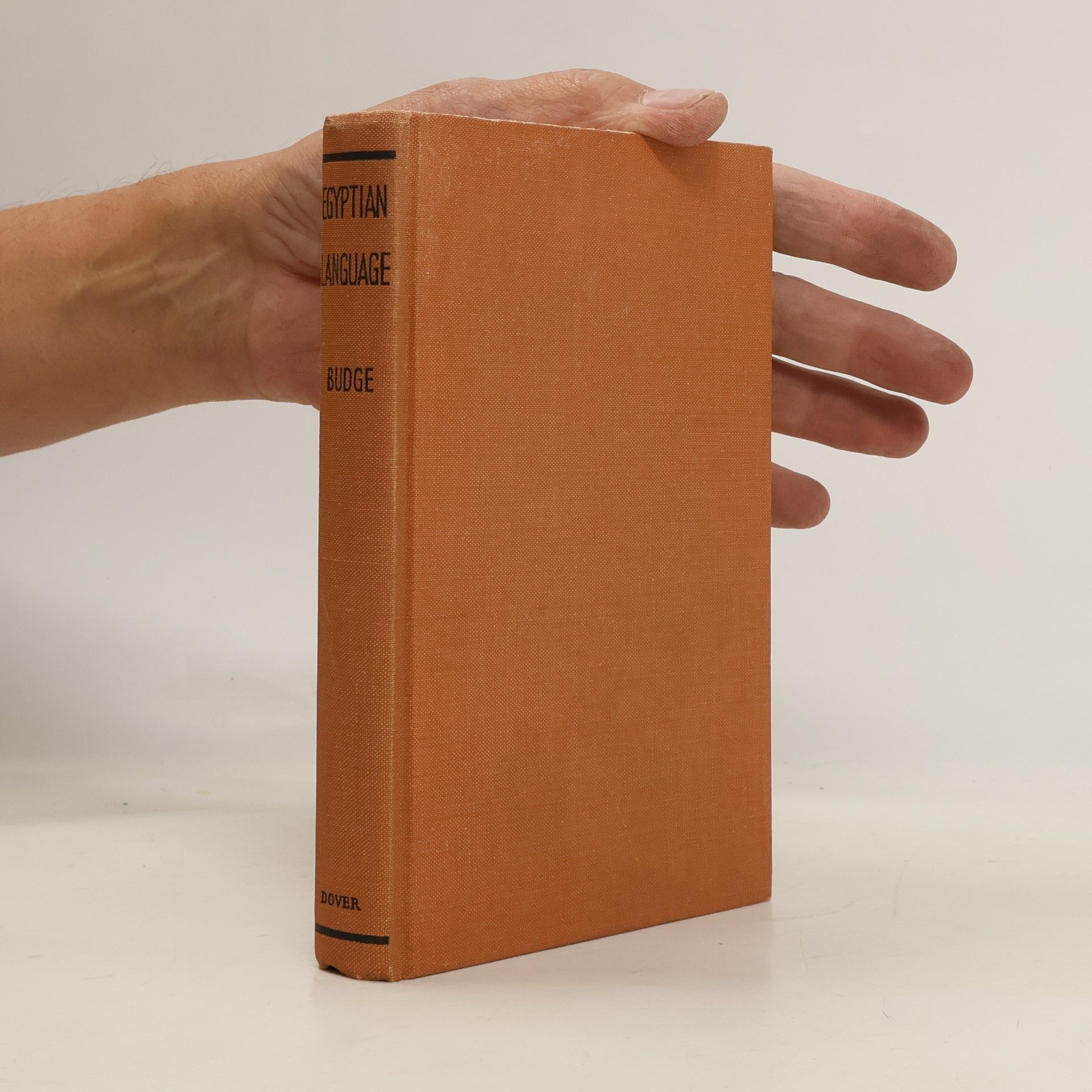An account of the sarcophagus of Seti I, king of Egypt, B.C. 1370
- 138 Seiten
- 5 Lesestunden
Recognized for its significant contribution to literature, this work is preserved in its original print format to maintain its authenticity. Any marks or annotations present are intentionally included to reflect the book's historical context and to ensure that its value is not lost for future generations.

